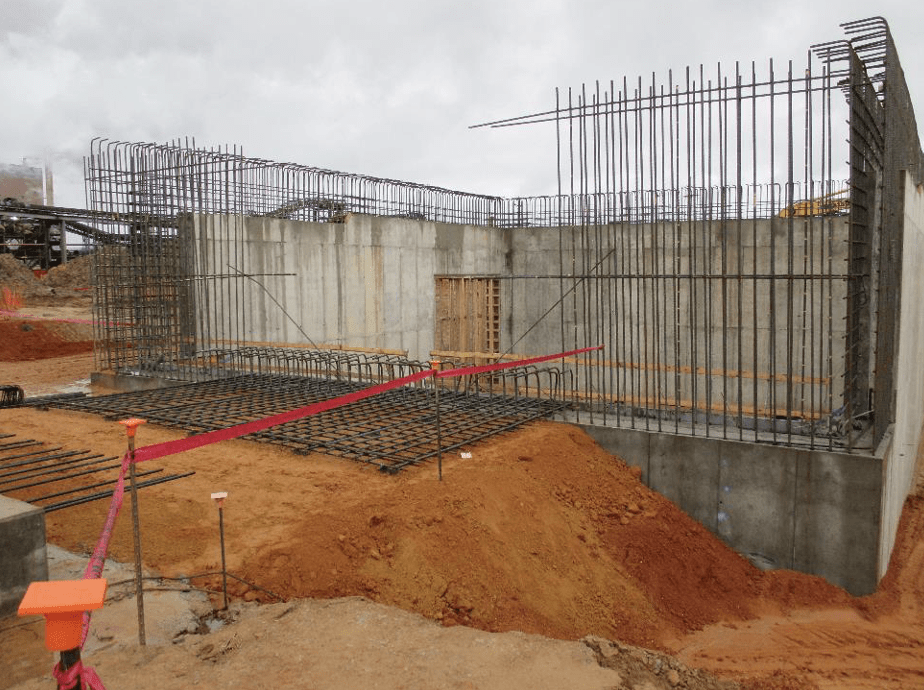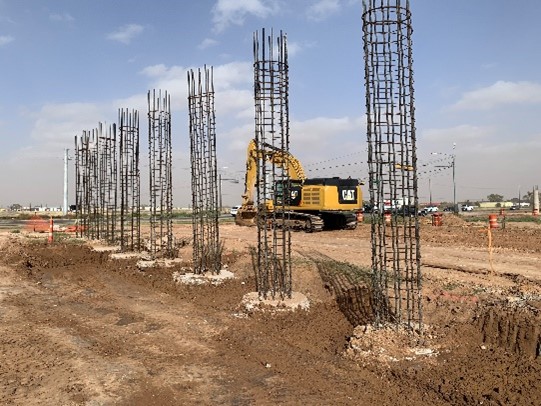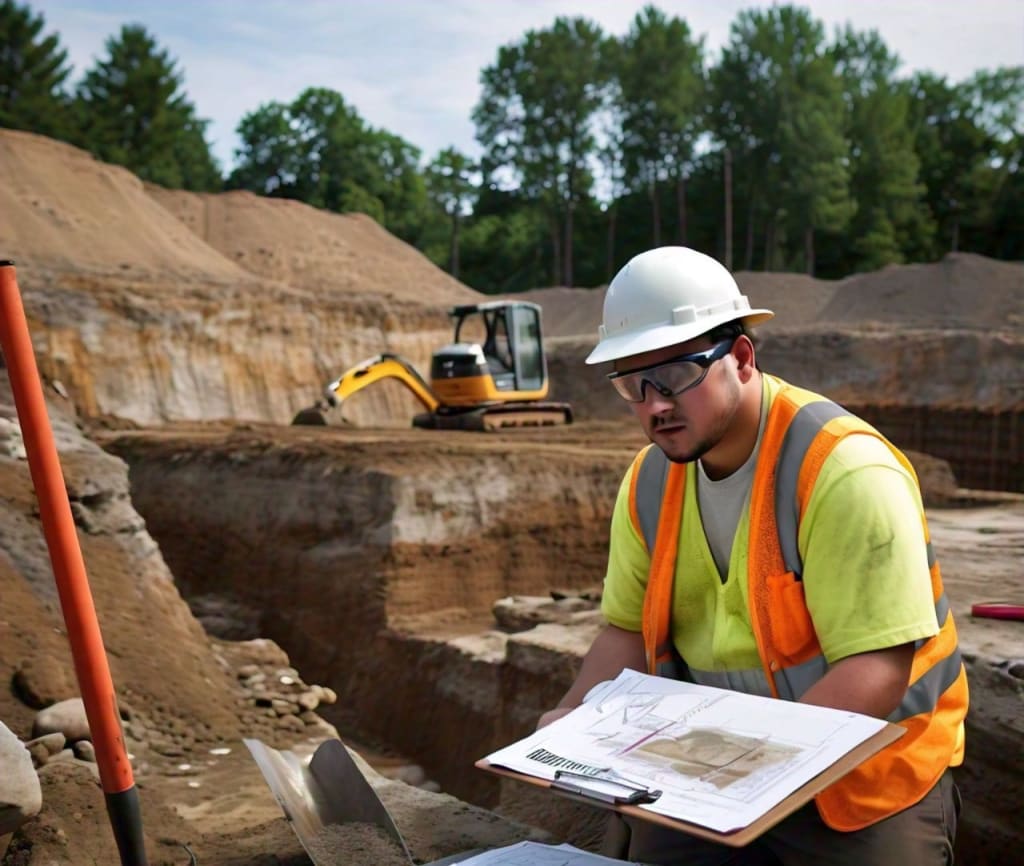Specialized Geotechnical Works for Sustainable Building Solutions
Specialized Geotechnical Works for Sustainable Building Solutions
Blog Article
Just How Consulting Engineers Enhance Geotechnical Engineering Projects: Insights Into Their Proficiency, Methodologies, and Collaborative Approaches
Consulting designers are crucial in improving geotechnical engineering tasks, using their specialized knowledge to browse the intricacies of subsurface conditions. Their techniques include a variety of website examination techniques, consisting of Requirement Penetration Examinations (SPT) and Cone Infiltration Tests (CPT), which educate important decisions during the layout and construction phases. In addition, their collective strategies foster communication among diverse job stakeholders, ultimately forming the project's trajectory. As we take a look at the complex duties these professionals play, it comes to be clear that their contributions prolong past technological proficiency, triggering a more detailed take a look at the effects for project success.
Role of Consulting Engineers
The know-how of getting in touch with designers in geotechnical design is fundamental to the effective implementation of building and construction projects. These specialists play a pivotal function in evaluating dirt and rock properties, which are critical aspects affecting design and building and construction decisions. By carrying out extensive site investigations, consulting engineers collect vital data that notifies the style process, making sure jobs are improved steady and appropriate ground.
Consulting engineers additionally supply vital understandings into danger management (geotechnical geologist). They identify possible geotechnical risks, such as landslides, dirt liquefaction, and negotiation issues, making it possible for stakeholders to implement efficient mitigation strategies. Their experience aids in optimizing structure layouts, which can cause significant cost savings and improved safety and security
Moreover, seeking advice from engineers work as an essential link between job proprietors, engineers, and specialists. Their ability to translate complicated geotechnical data into workable recommendations cultivates partnership and assists in informed decision-making throughout the project lifecycle. This multidisciplinary method not just enhances project effectiveness yet also ensures conformity with regulatory standards and best practices.
Secret Approaches in Geotechnical Engineering

One main method is website investigation, which involves conducting field examinations and lab analyses to collect information on subsurface problems. Techniques such as Criterion Infiltration Screening (SPT) and Cone Infiltration Testing (CPT) are widely used to examine soil stratigraphy and toughness. Furthermore, geophysical techniques, consisting of seismic and electric resistivity surveys, provide non-invasive means to assess subsurface qualities.
An additional vital method is numerical modeling, which makes it possible for designers to replicate various scenarios and predict just how soil-structure communications will certainly act under different loading problems. Finite Component Analysis (FEA) is an usual method used in this context.
Additionally, the design of foundations, retaining frameworks, and earthworks depends greatly on these approaches - geotechnical geologist. By incorporating sophisticated logical tools with area data, consulting engineers can create tailored services that resolve specific task challenges, inevitably adding to the security and security of building tasks
Relevance of Dirt Analysis
Dirt evaluation works as a fundamental component in geotechnical engineering, providing vital insights into the physical and chemical buildings of soil essential for effective building and construction preparation. Recognizing dirt characteristics is vital for determining its load-bearing capacity, water drainage behavior, and potential for negotiation or instability. Comprehensive dirt examinations, consisting of tasting and research laboratory testing, help recognize parameters such as soil type, dampness content, density, and shear stamina.
These evaluations inform the choice of suitable building and construction strategies and products, inevitably influencing job safety and security and long life. Cohesive soils may require various structure styles compared to granular dirts, requiring tailored design remedies. Furthermore, soil evaluation aids in determining impurities that could present risks to human health or the setting, enabling for the advancement of reduction strategies.
Integrating dirt evaluation right into the beginning of job growth aids to lessen unpredicted difficulties, ensuring that designers can expect and deal with possible concerns before they escalate. By developing a thorough understanding of the site conditions, consulting designers can enhance style efficiency and lower expenses, consequently boosting the general success of geotechnical design jobs.
Collective Strategies in Projects
Successful geotechnical tasks commonly rest on joint approaches that bring with each other varied experience from various disciplines. Reliable partnership amongst speaking with designers, geologists, ecological scientists, and building and construction professionals is important for addressing complicated challenges and enhancing job outcomes. By leveraging the one-of-a-kind abilities and knowledge of each staff member, tasks can gain from an alternative understanding of the website problems, regulative demands, and design restraints.
Regular communication and interdisciplinary conferences facilitate the sharing of insights and cultivate a culture of synergy. These collaborative initiatives enable the recognition of possible risks early in the project lifecycle, enabling for timely mitigation methods. Incorporating feedback from stakeholders, including regional areas and regulative companies, makes sure that all viewpoints are thought about, enhancing task approval and conformity.
Furthermore, the integration of advanced technologies, such as Geographic Information Systems (GIS) and Structure Information Modeling (BIM), further enhances collaboration. These devices enable for the real-time sharing of information and visualization of geotechnical problems, promoting notified decision-making. Inevitably, a collective method not only streamlines job execution but additionally lays the foundation for innovative remedies to intricate geotechnical design obstacles.
Effect On Task End Results

Consulting engineers visit this page use advanced methods such as danger analysis and anticipating modeling, which improve the precision of job projections. Their capability to incorporate innovative innovations, like geotechnical instrumentation and information analytics, better refines the style and construction procedures. Therefore, projects here are the findings experience enhanced performance, decreased costs, and reduced hold-ups.
In addition, fostering effective communication and collaboration among employee improves analytic capabilities. When obstacles emerge, a joined front allows for swift identification of services, avoiding prospective obstacles. Inevitably, the collaborative efforts of consulting engineers add to higher high quality results, making sure that jobs fulfill both regulative requirements and client expectations.
Verdict

Report this page